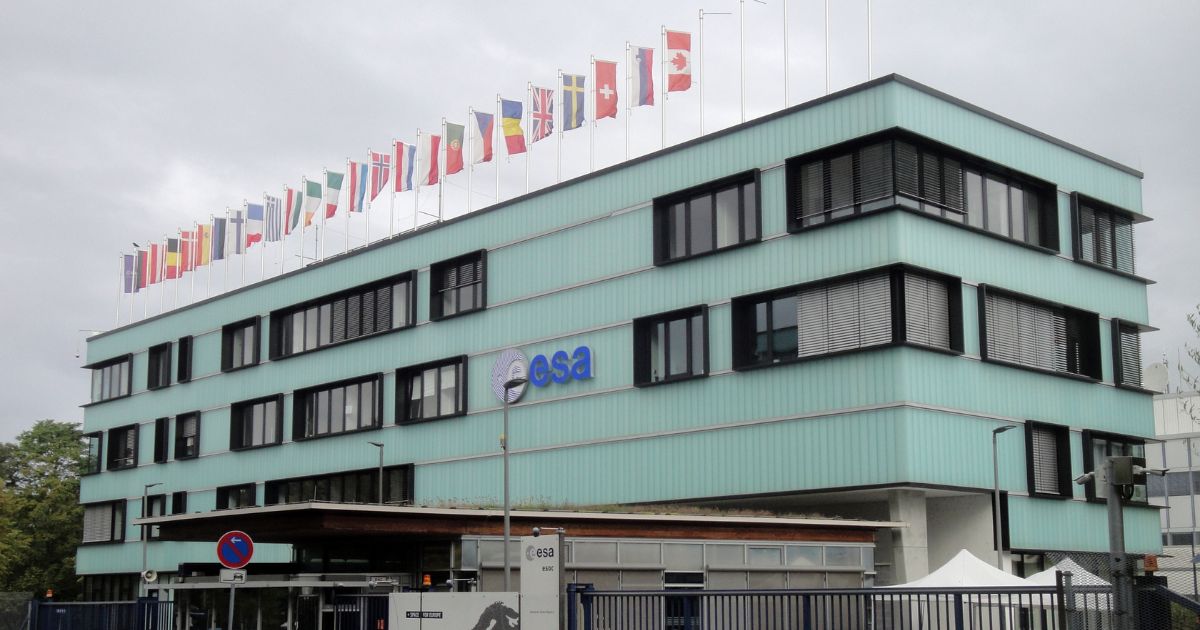Isro to launch ESA’s solar probe mission Proba-3
05 Jan 2024

European Space Agency (ESA) has selected Indian Space Research Organisation’s Polar Satellite Launch Vehicle (PSLV) to deploy its experimental Project for On-Board Autonomy-3 (PROBA-3) mission.
Proba-3 is the world’s first precision formation flying mission, in which a pair of satellites will adopt a fixed configuration in space, 144 m apart, while lined up with the Sun so that one satellite blocks out the brilliant solar disk for the other. This will open up continuous views of the Sun’s faint corona, or surrounding atmosphere, for scientific observation.
Through millimetre-scale formation flying, the dual satellites making up ESA’s Proba-3 will cast a precisely held shadow from one platform to the other, in the process blocking out the fiery Sun to observe its ghostly surrounding atmosphere on a prolonged basis.
The PROBA 3 mission essentially forms a solar observatory measuring 144 metres in length, split into two elements flying in tandem.
The PROBA-3 mission consists of two elements, a Coronagraph spacecraft and an Occulter spacecraft. The two spacecraft will have to be in very precise locations in relation to each other to form a single instrument that allows scientists to investigate the outer atmosphere of the Sun, or the solar corona.
Proba-3 will use a set of filter wheels called the Association of Spacecraft for Polarimetric and Imaging Investigation of the Corona of the Sun (ASPIICS) and a parallel liquid crystal imaging technology to observe the solar eclipse over Northern America.
Proba-3’s second instrument, the Digital Absolute Radiometer (DARA), will measure the total solar irradiance – exactly how much the energy the Sun is putting out at any one time.
ESA’s Solar Orbiter as well as NASA’s Solar Dynamics Observatory (SDO) are equipped with coronagraphs. Typically, the coronagraph is integrated within the spacecraft, but the PROBA-3 mission uses the innovative approach of using two spacecraft flying in tandem, with the Occulter spacecraft observing the corona, and the Coronagraph spacecraft blocking out the face of the Sun.
India’s Aditya L1 mission, on the other hand, uses a Visible Line Emission Coronagraph (VELC), developed by the Indian Institute of Astrophysics (IIA) in Bengaluru.
The two ESA satellites are currently undergoing final integration at a project site near Antwerp in Belgium.
The mission duration is expected to be around two years. The PROBA-3 launch is currently scheduled for between July and September 2024.
Isro has lined up 16 launch missions in 2024 - the highest in a single year so far. This includes the Proba-3 launch for ESA.





















